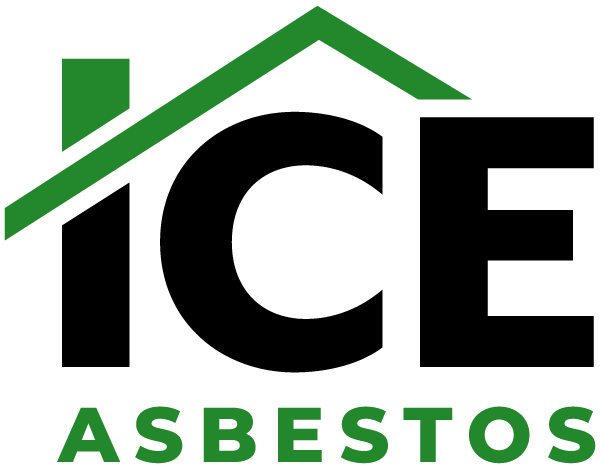Are you a homeowner or DIY enthusiast and worried about the dangers of asbestos exposure? Asbestos exposure can occur in a variety of ways, but one of the most common is through inhaling asbestos fibres. If you have been exposed to asbestos, you may be wondering what the consequences are. In this blog post, we will discuss the potential risks of inhaling asbestos fibres and what you can do if you have been exposed.
Here at ICE Asbestos, we’re experts in the field and plan to provide you with information to help you to stay up to date
The Dangers of Breathing in Asbestos
So, what is asbestos? Asbestos is a set of six naturally occurring silicate minerals. It was commonly used in a variety of products prior to the 1980s because it is heat resistant and doesn’t conduct electricity. However, we now know that exposure to asbestos fibres can cause severe health problems. Asbestos exposure is linked to a number of serious health conditions, including mesothelioma, lung cancer, and asbestosis.
The Types of Asbestos-Related Diseases
There are three main diseases associated with asbestos exposure: asbestosis, mesothelioma, and lung cancer. Asbestosis is a chronic lung disease caused by the inhalation of asbestos fibres. These fibres accumulate in the lungs and cause scarring and inflammation. Mesothelioma is a rare form of cancer that affects the lining of the lungs, chest cavity, or abdomen and is almost always caused by exposure to asbestos. Lung cancer, while it can be caused by a number of things, has also been linked to exposure to asbestos fibres.
These health conditions can take years to develop after exposure to asbestos, which is why it is so important to be aware of the potential risks. If you have been exposed to asbestos, it is important to see your doctor for regular checkups. You should also avoid smoking, as this can increase your risk of developing lung cancer.
Breathing in Asbestos Once
So, what happens if you breathe in asbestos once? The first thing to keep in mind is that there is no “safe” level of asbestos exposure. Any exposure to asbestos fibres can potentially lead to health problems down the road. That being said, the effects of a one-time exposure to asbestos will likely be less severe than the effects of repeated or prolonged exposure. One-time exposure may not result in any observable symptoms but it can still cause damage to your lungs and increase your risk of developing asbestosis, mesothelioma, or lung cancer later in life.
How People Can Get Help with Illness
If you think you may have been exposed to asbestos fibres, it’s important to see a doctor right away and get screened for potential health problems. Early detection is key when it comes to treating these diseases. If you think you may have been exposed to asbestos, there are a few things you can do. First, try to find out where and when the exposure occurred. This information can help your doctor better assess your risk for developing health problems.
Second, make an appointment to see your doctor for a checkup. He or she may recommend some tests, such as chest x-rays or lung function tests, to check for signs of asbestos-related diseases. Third, stay away from smoking cigarettes or being around other people who smoke cigarettes. Smoking can increase your risk of developing lung cancer even if you haven’t been exposed to asbestos.
Conclusion: Breathing in Asbestos
The risks of asbestos exposure should not be taken lightly. Asbestos exposure has been linked to a number of serious health conditions, including mesothelioma, lung cancer, and asbestosis. If you have been exposed to asbestos, it is important to see your doctor for regular checkups and avoid smoking cigarettes. By being aware of the potential risks and taking steps to protect your health, you can minimise your risk of developing serious health problems down the road.
At ICE Asbestos, we’re experts in asbestos removal and surveying Nationwide. Reach out to us today if you have any questions or concerns to see how we can help you.
